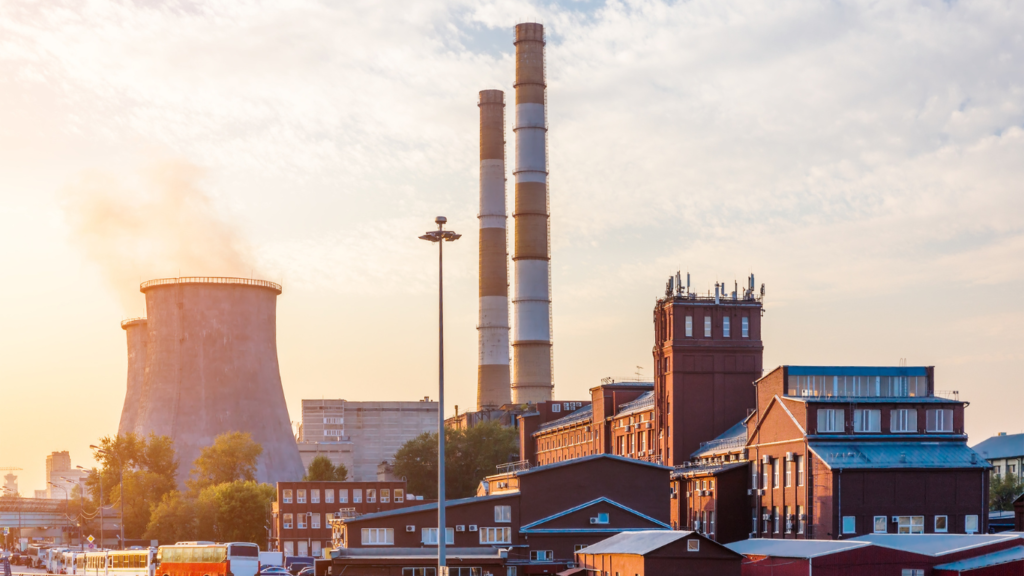As the world grapples with the growing water crisis, the concept of Zero Liquid Discharge (ZLD) has emerged as a beacon of hope. ZLD is a wastewater management approach that aims to recover every drop of water from industrial processes, leaving behind no liquid waste. Over the past few years, the Zero Liquid Discharge System has gained momentum, and its potential applications are set to expand in the coming decade. In this blog post, we will explore the Zero Liquid Discharge process and discuss what we can expect from it in the near future.
How the Zero Liquid Discharge System Process can help you in saving
The Scaleban Process represents a forward-looking technology pioneered by a company dedicated to providing sustainable solutions to various industries seeking to optimize Zero Liquid Discharge system and water conservation goals. This innovative approach minimizes reliance on expensive conventional technologies like Reverse Osmosis (RO) and Evaporators, which are associated with high Capital Expenditure (CAPEX) and Operational Expenditure (OPEX). The development of this technology dates back to 1999, with a clear mission to address the challenges in water treatment processes by introducing non-conventional methods for achieving Zero Liquid Discharge system and sustainable water treatment solutions across diverse industries.
Our primary focus is on enabling the direct utilization of wastewater in cooling towers, eliminating the need for freshwater resources while ensuring that plant performance remains unimpacted. Through this disruptive technology, we empower cooling tower circuits to operate efficiently with a significantly elevated Concentration of Cycle (COC), typically ranging between 15 to 20, and a remarkably high Total Dissolved Solids (TDS) content of 25% to 30%. This achievement is made possible by guaranteeing scale-free, corrosion-free, and bio-fouling-free operations within critical components such as condensers, heat exchangers, and the entire cooling tower circuit.
Notably, the Scaleban Process is designed to harmonize the goals of water conservation and operational efficiency while reducing the environmental footprint. By significantly reducing the power and steam consumption associated with conventional water treatment methods, we contribute to mitigating the emission of carbon gases, thereby addressing the global concern of environmental impact.
Contact us Now for ZLD Solutions
In essence, the Scaleban Process embodies our commitment to sustainable water management practices, emphasizing the direct utilization of wastewater in cooling towers to optimize water treatment processes for various industries. Through this approach, we aim to revolutionize the way industries manage their water resources, ensuring cost-effectiveness, environmental responsibility, and operational excellence in a world where water conservation is of paramount importance.
Benefits of ZLD Technology with Scaleban
Significant Cost Savings: Achieve an impressive 80% reduction in Capital Expenditure (CAPEX) and realize substantial cost savings with an 80% decrease in Operational Expenditure (OPEX).
Measurable Results: Witness easily measurable and attainable results in terms of water conservation and resource recovery.
Contact us Now for ZLD Solutions
Longevity and Reliability: Experience a maintenance-free operation for an extended 20-year lifespan, ensuring long-term efficiency and dependability.
Eco-Friendly Solution: Utilise compact and environmentally friendly online equipment with zero physical footprints, minimizing environmental impact.
Adaptability: Seamlessly adapt to varying water qualities in cooling towers, ensuring consistent performance across different water sources.
Environmental Responsibility: Contribute to the reduction of CO2 emissions by conserving water resources and reducing the need for energy-intensive water treatment processes.
Rapid ROI: Expect a swift Return on Investment (ROI) within just 12-18 months, making ZLD technology a financially attractive solution.
Efficient Implementation: Benefit from a rapid supply, installation, and commissioning process, typically completed within 6-8 weeks, minimizing downtime and disruption to operations.
SDG 6: Clean Water and Sanitation
SDG 6 aims to ensure the availability and sustainable management of water and sanitation for all. Water scarcity, inadequate sanitation, and water pollution are challenges faced by many communities worldwide. By implementing ZLD technology, industries can play a pivotal role in supporting SDG 6 objectives. ZLD technology, such as advanced water treatment systems like Scaleban, can effectively treat and recycle wastewater, minimizing water consumption and reducing the discharge of water into natural ecosystems. This approach promotes water conservation, mitigates pollution risks, and supports the provision of clean water resources for communities.
SDG 13: Climate Action
SDG 13 focuses on combating climate change and its impacts. As industries increasingly recognize their carbon footprint, addressing water-related emissions becomes crucial. ZLD practices contribute to SDG 13 by reducing greenhouse gas emissions and fostering sustainable water management. By implementing the Zero Liquid Discharge system in India, industries can minimize water usage and lower energy consumption associated with traditional wastewater treatment methods. Additionally, by reusing treated wastewater, freshwater sources are conserved, further mitigating the impact of climate change on water availability. The adoption of ZLD practices aligns with SDG 13’s call for sustainable production and consumption patterns, helping reduce the industry’s contribution to global greenhouse gas emissions and promoting climate resilience.
In the coming decade, the Zero Liquid Discharge (ZLD) system will continue to evolve and expand its footprint across various industries. Technological advancements, increased adoption, stricter regulations, cost efficiency, integration with the circular economy, and a heightened focus on global water security will drive the growth of the Zero Liquid Discharge system. As the world grapples with the challenges of water scarcity and environmental degradation, the ZLD system stands as a beacon of hope, offering a sustainable and responsible solution to wastewater management. With each passing year, the ZLD system will play an increasingly pivotal role in ensuring a more sustainable and water-secure future for our planet.
